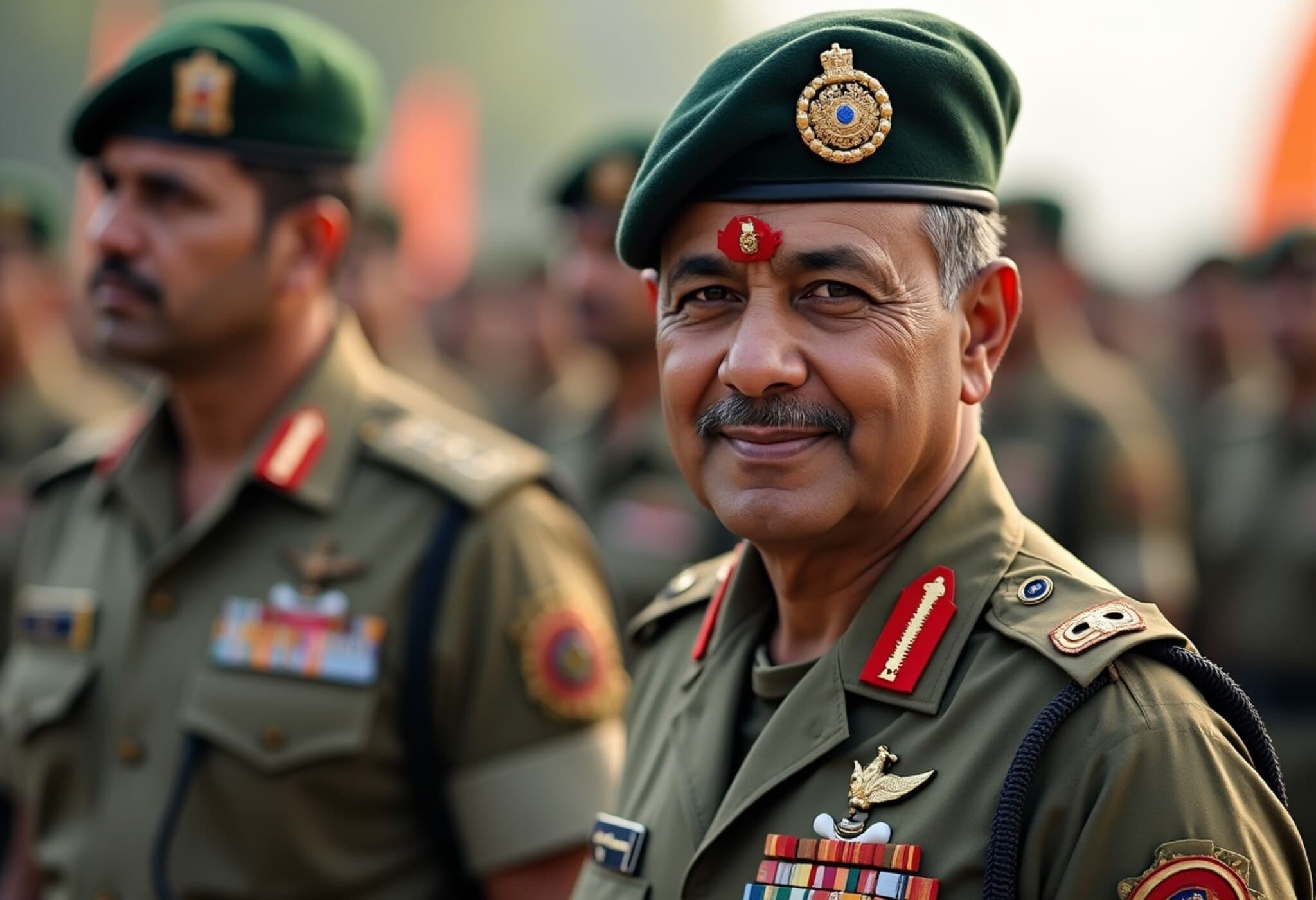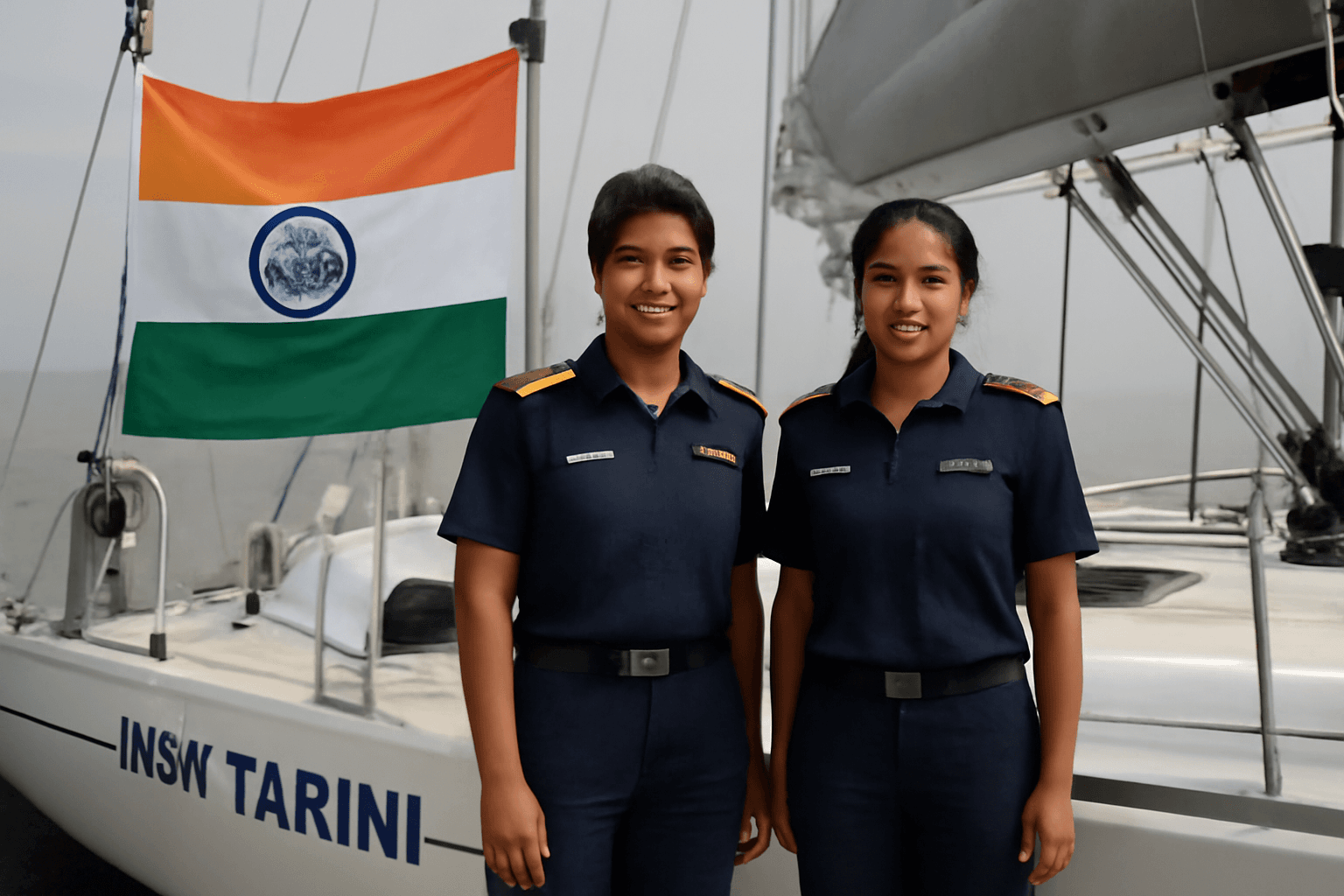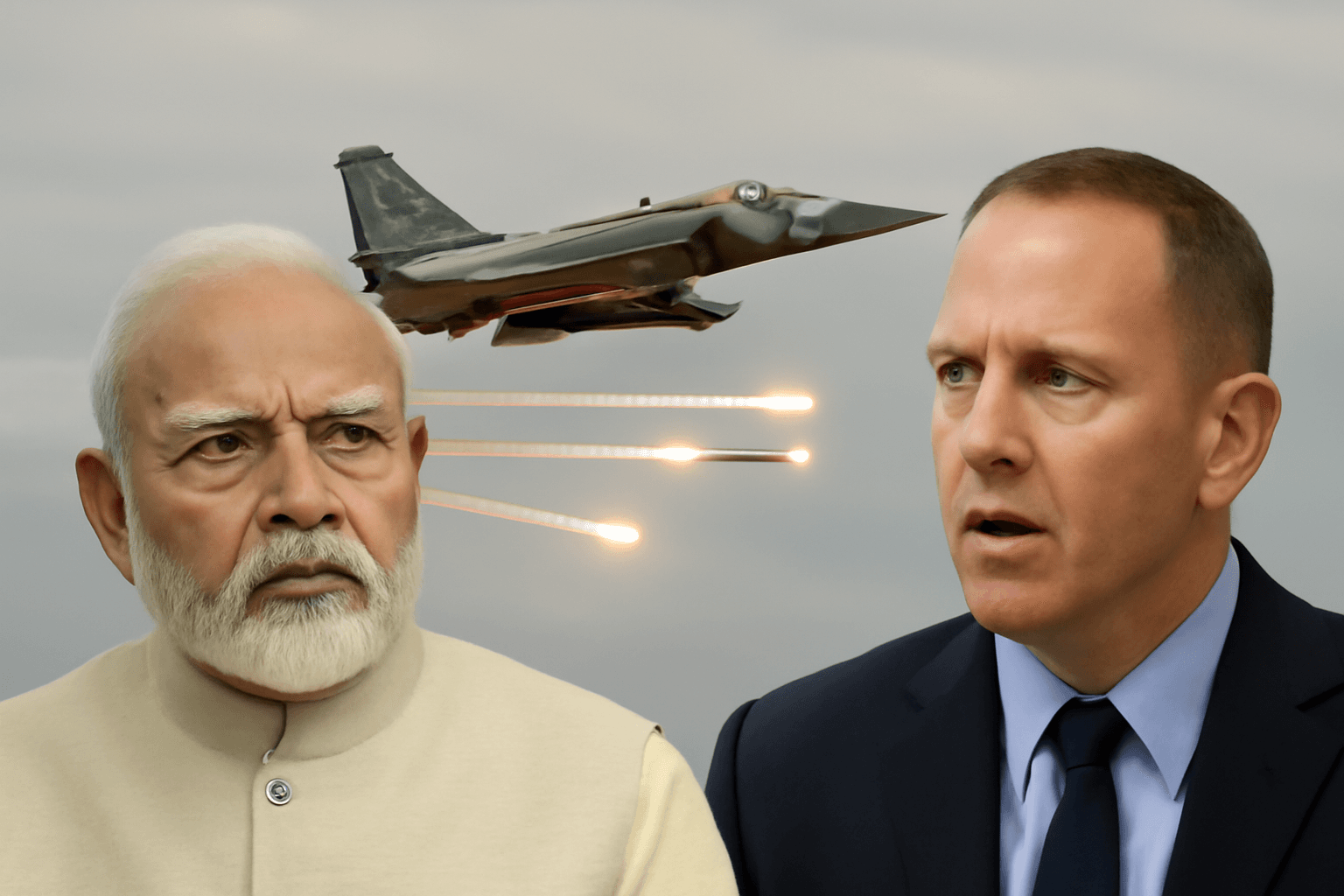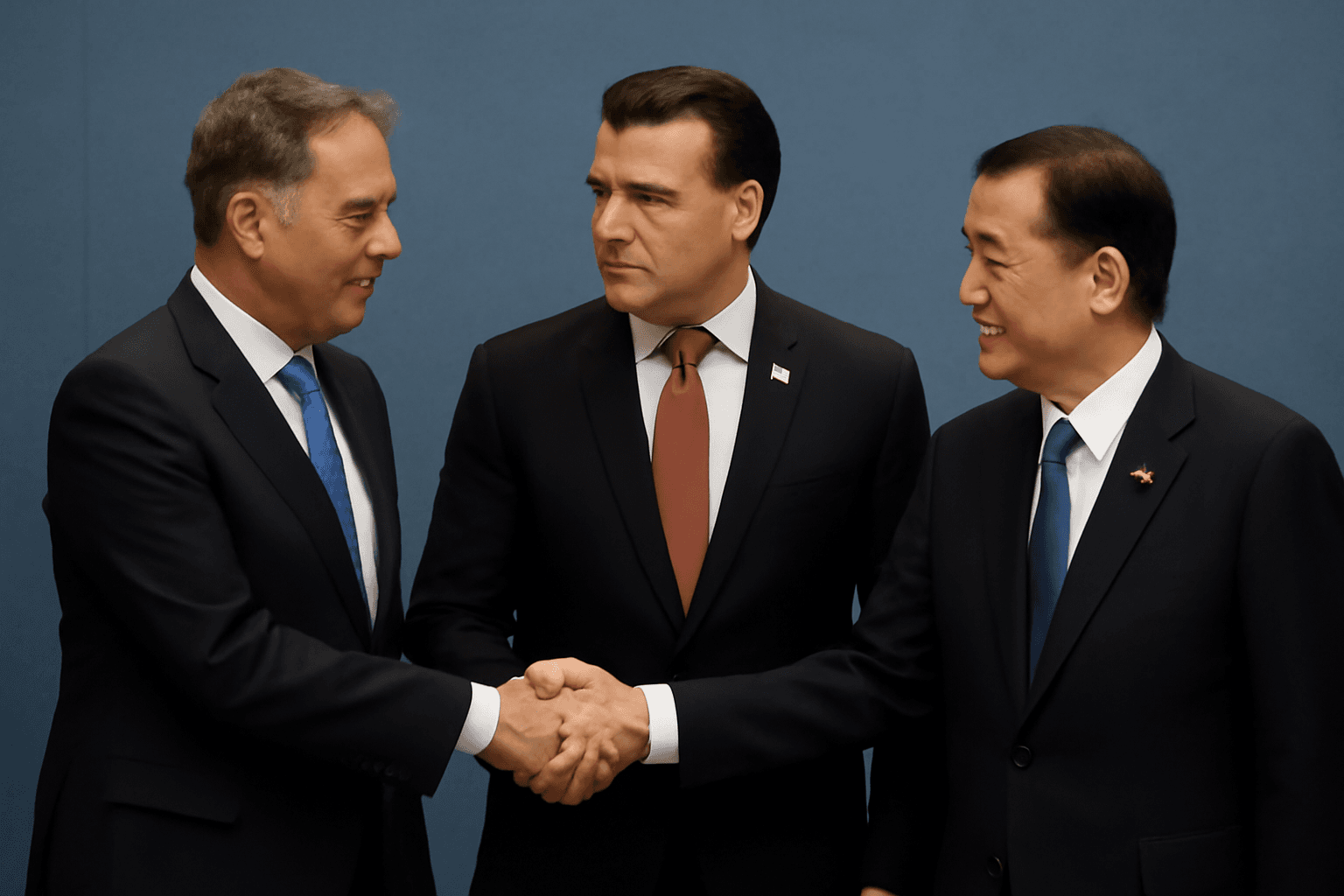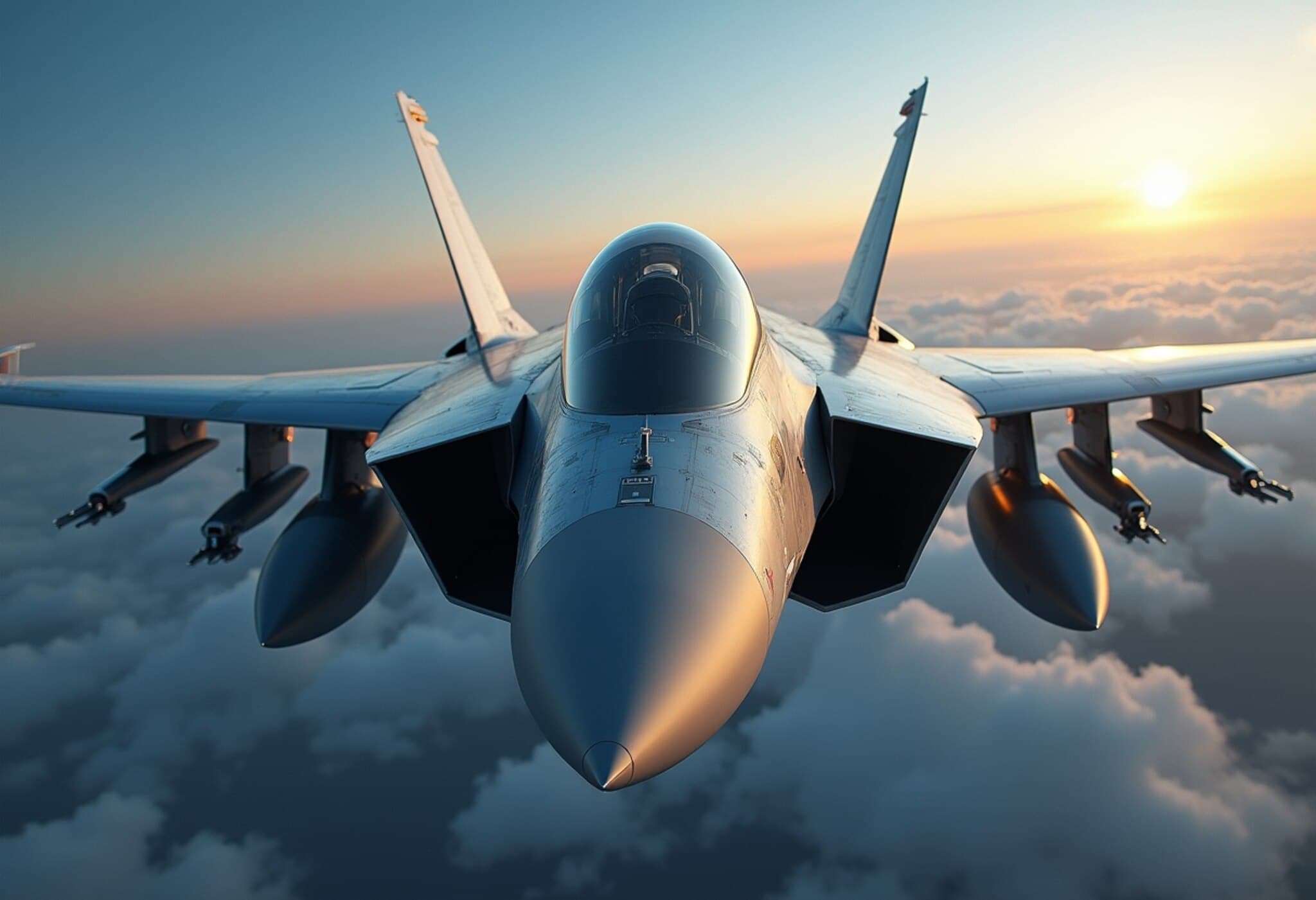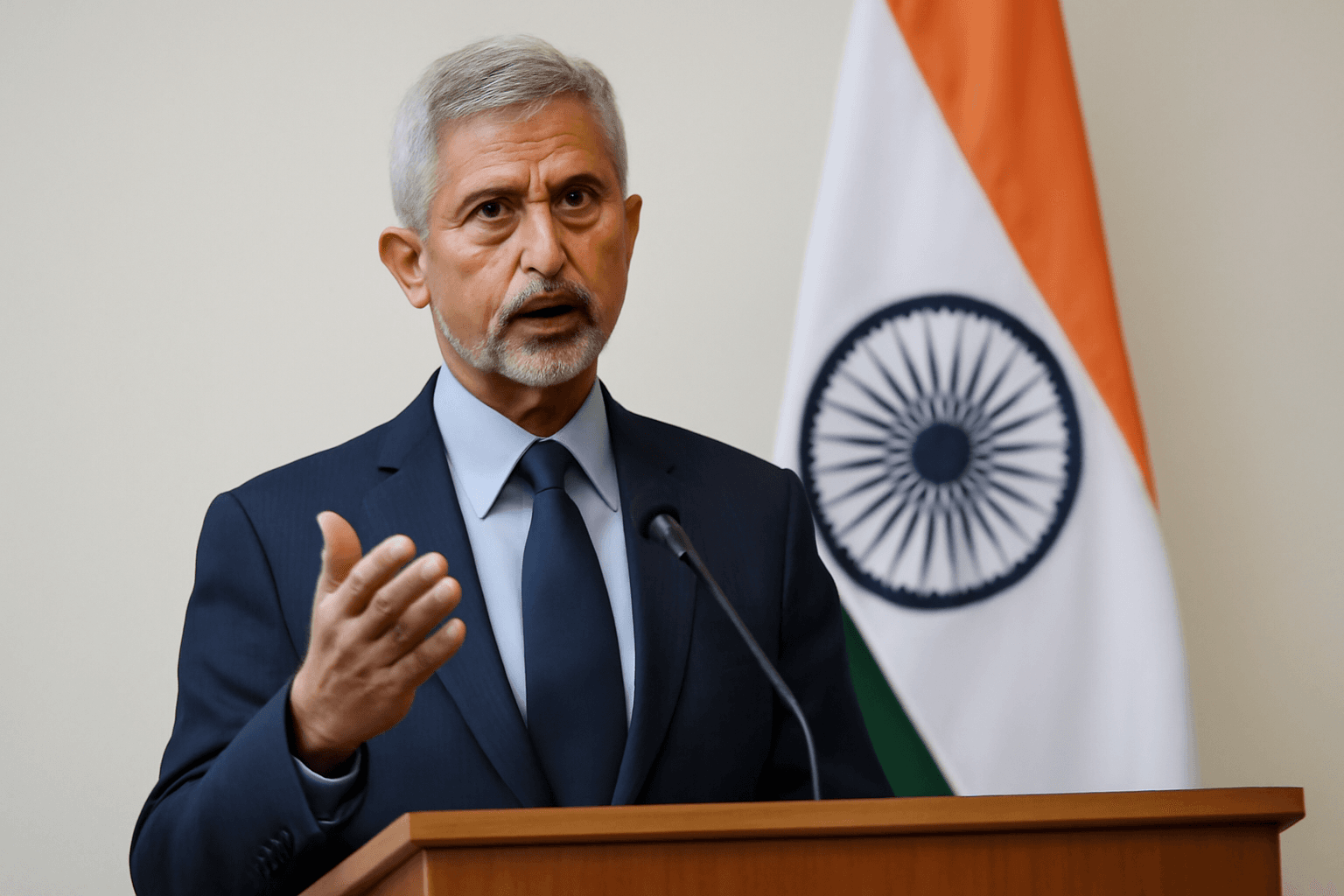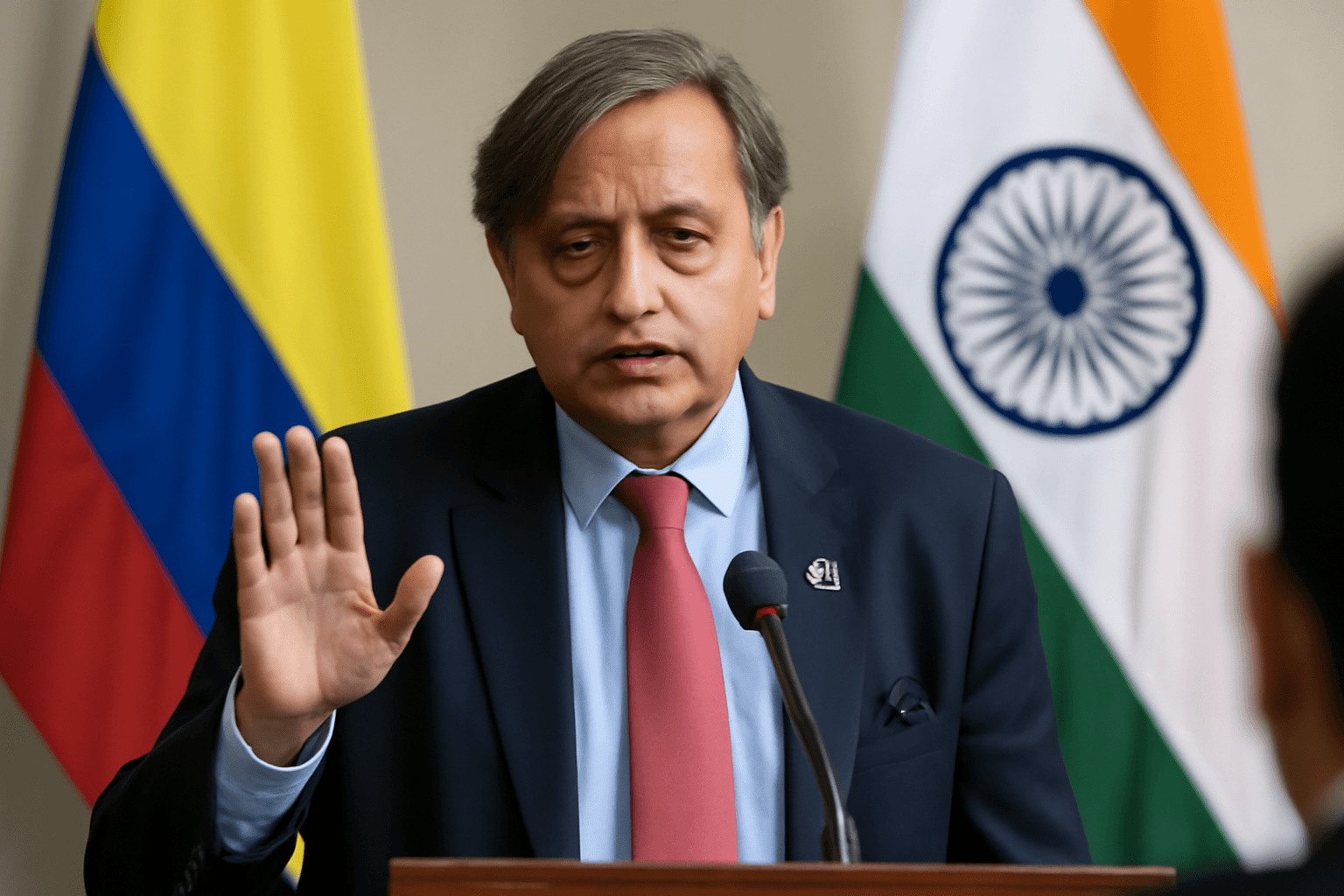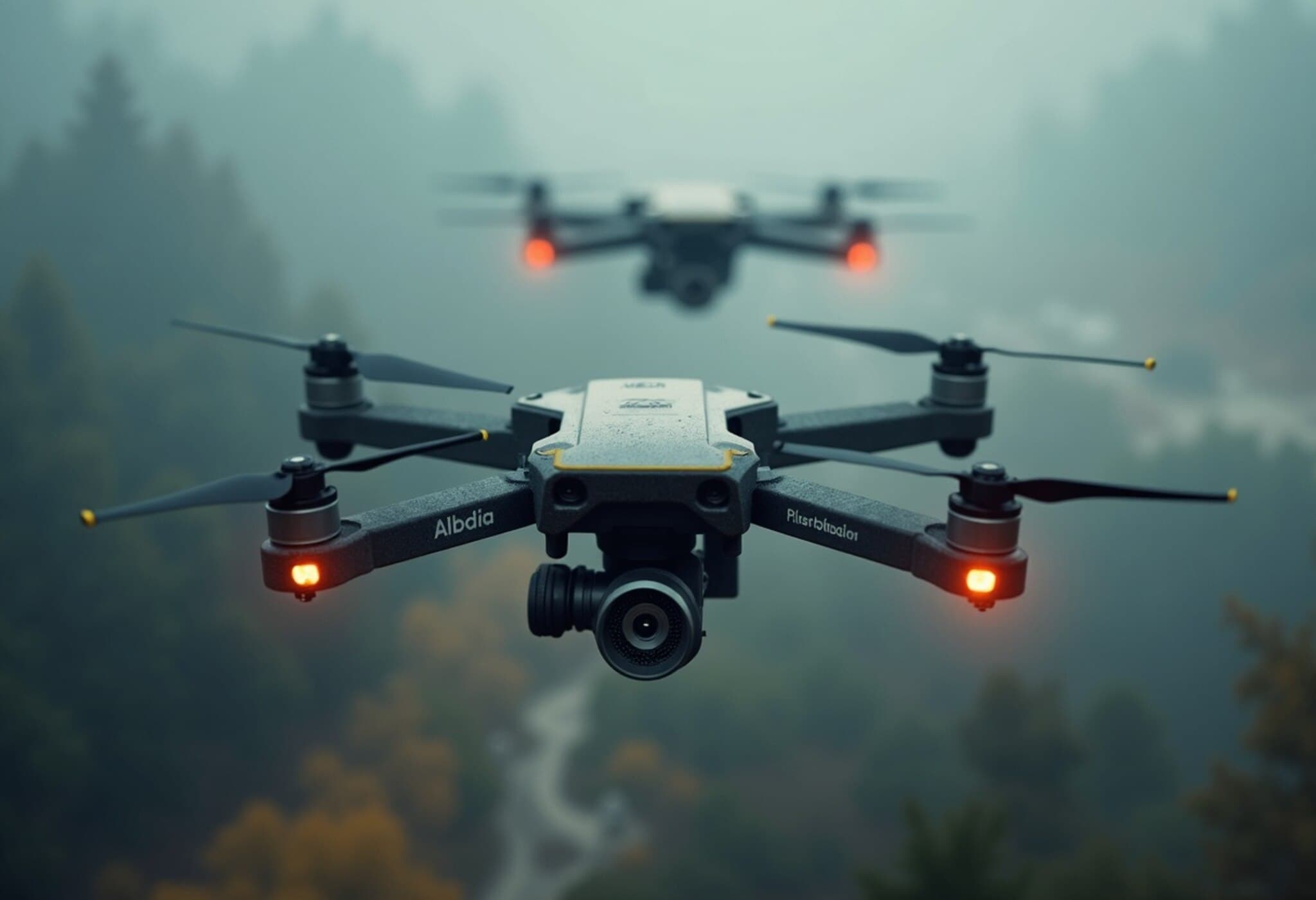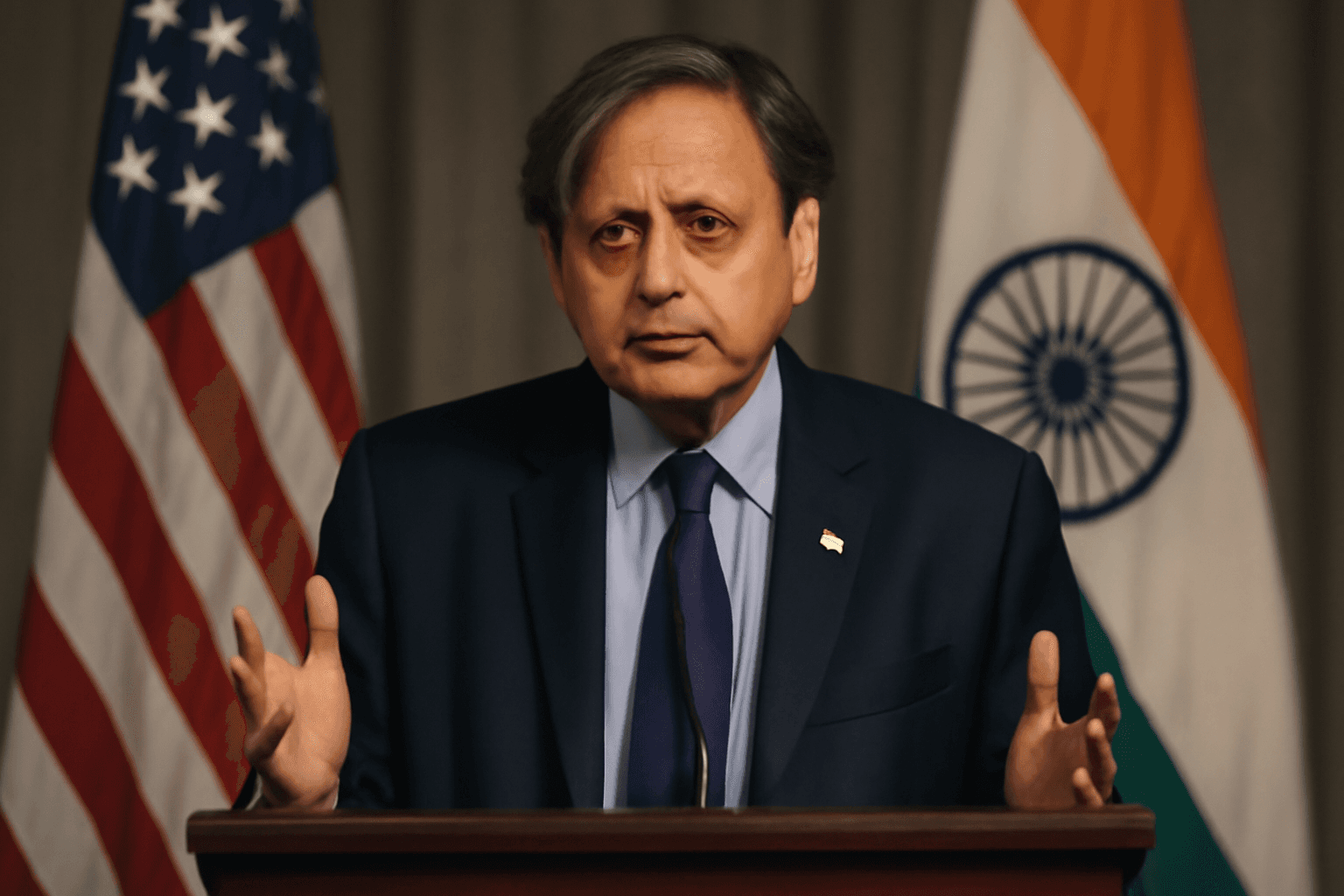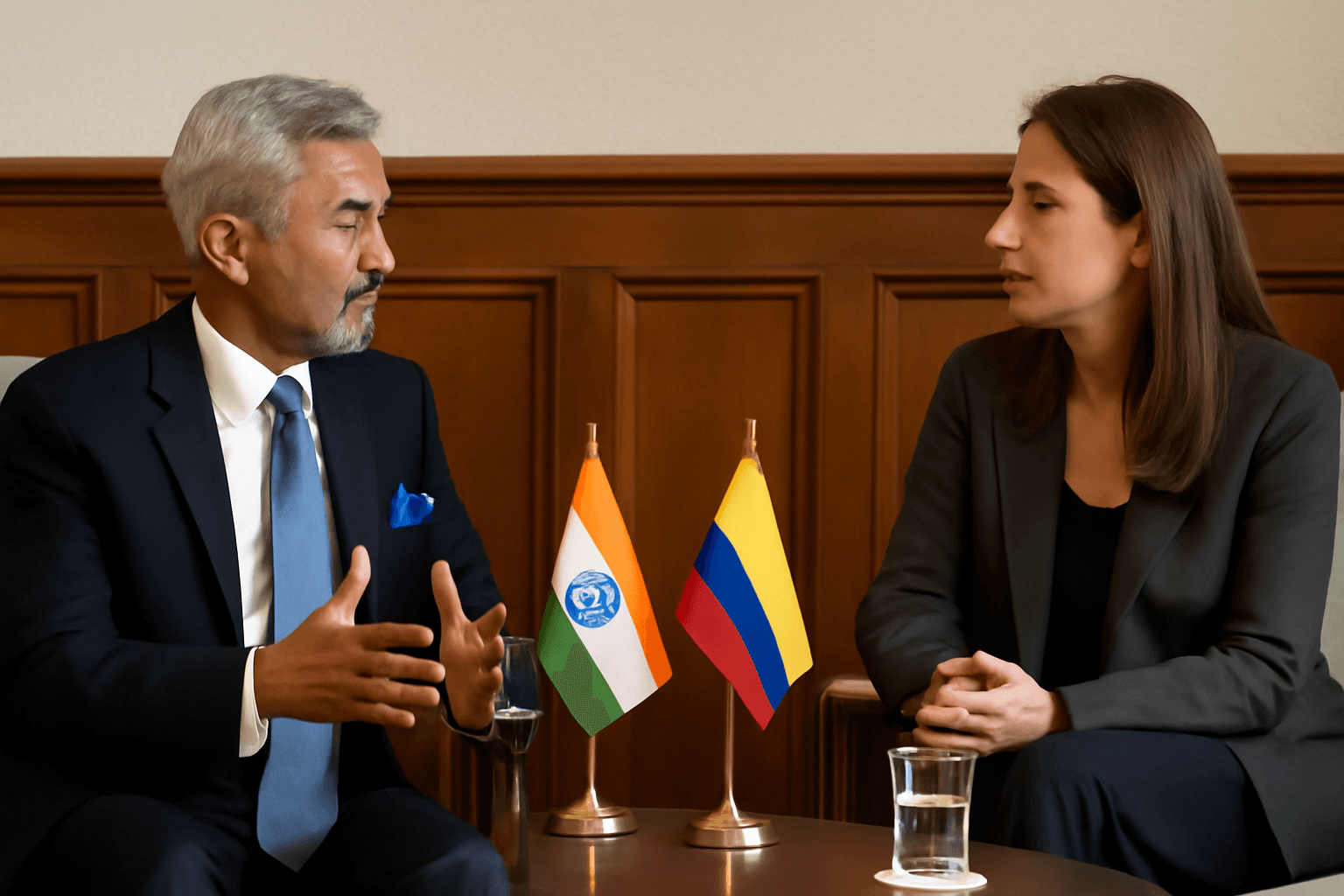Operation Sindoor Continues as India Prioritizes Constant Military Vigilance
Chief of Defence Staff (CDS) General Anil Chauhan reaffirmed on July 25, 2025, that Operation Sindoor remains active, underscoring India's imperative to maintain round-the-clock military readiness. Speaking at a high-profile defence seminar at Subroto Park, he emphasized that India’s security demands a state of preparedness that never sleeps—24/7 and 365 days a year.
Redefining the Soldier: Scholar, Technology, and Information Warrior
Addressing experts and senior defence officials at the Indian Air Force's No.4 Warfare and Aerospace Strategy Programme (WASP), General Chauhan outlined a compelling vision for the future soldier. No longer will traditional combat skills suffice; the soldier of tomorrow must also be a scholar warrior, technology warrior, and information warrior.
He explained that the “scholar warrior” combines intellectual rigor with battlefield acumen, effectively blending academic knowledge with military expertise to navigate complex strategic scenarios. The “technology warrior” leverages cutting-edge tools like artificial intelligence and emerging systems that are reshaping warfare. Meanwhile, the “information warrior” operates in the invisible battlefield of narratives, countering misinformation and shaping perceptions crucial to modern conflict.
Historical Roots and Modern Implications
General Chauhan traced this interconnected warrior archetype from ancient Indian traditions—where mastery of both shastra (weapons) and shaastra (knowledge philosophy) was critical—to contemporary global conflicts. He urged that mastering this multidimensional role is essential for preserving national sovereignty amid an era marked by rapid technological changes and fluid geopolitical landscapes.
Operation Sindoor: A Strategic Example of Vigilance and Resolve
Launched on May 7, 2025, Operation Sindoor was India’s decisive response to terrorist infrastructure in Pakistan and Pakistan-Occupied Kashmir (PoK). Despite the eventual ceasefire agreement poised by both nuclear-armed neighbours by May 10, General Chauhan reminded that SAD operation's operational tempo demands continuous vigilance without any lapse.
This prolonged readiness exemplifies India’s broader strategic ethos, where “there are no runners-up in war,” emphasizing an unwavering state of alertness and preparedness.
Complexity of Modern Warfare: Multi-Domain and Hybrid Conflict
Highlighting the rapid evolution of warfare, the CDS described today’s battlespaces as transparent, swift, and multi-domain, cutting across land, air, sea, cyberspace, and cognitive arenas. He notably remarked on the “third evolution in military affairs,” where kinetic (physical) and non-kinetic (cyber, info) domains converge with operational and strategic levels to form an intricate battlefield matrix.
Such complexity means that soldiers must possess “superhuman capabilities” to connect seemingly disparate events—be it a drone strike linked with cyber attacks or narrative warfare tied to satellite disruptions—while retaining the moral courage to lead on-ground troops.
The ‘Hybrid Warrior’ Concept
Future conflicts will demand “hybrid warriors” adept across environments: patrolling borders, maneuvering through deserts and jungles, neutralizing drones, and decoding cyber threats simultaneously.
WASP: Cultivating Strategic Thinkers for Tomorrow’s Challenges
Developed by the Indian Air Force, the WASP program is designed to nurture critical thinking and strategic depth among officers, preparing them for the complexities of politico-military environments. This edition included 12 officers—10 from the Air Force and 2 from the Navy—reflecting a growing emphasis on jointness and inter-service collaboration.
The program’s focus includes understanding frameworks that inform decision-making processes and anticipating “second-order effects” —the ripple consequences of military actions beyond immediate tactical gains.
Senior Leadership and Institutional Support
The seminar was attended by notable figures, including Air Chief Marshal A P Singh and Army Chief General Upendra Dwivedi. The CDS also acknowledged the Indian Air Force, the College of Air Warfare, and the Centre for Air Power Studies (@CAPS_INDIA) for their contributions to strategic thought leadership and evolving military doctrine.
Expert Commentary and Broader Implications
General Chauhan’s address reflects a crucial shift in India’s defence posture, emphasizing intellectual agility alongside physical prowess. In a world where grey-zone conflicts, hybrid threats, and asymmetric warfare are increasingly prevalent, India’s adaptation signals a strategic maturation.
Moreover, Operation Sindoor’s continuation serves as a powerful reminder that India’s security challenges—particularly on its western borders—remain dynamic and that preparedness cannot be seasonal or reactive.
Looking Ahead
The future of warfare will be shaped by rapidly advancing technologies such as artificial intelligence, cyber tools, and information warfare capabilities. India’s investment in developing multi-disciplinary warrior profiles through programs like WASP will be critical in navigating this unpredictable landscape.
General Chauhan’s articulation of the evolving soldier archetype pushes us to consider not just the hardware of defence but the intellectual and ethical frameworks shaping India’s military future. As India stands at the crossroads of modern conflict, questions remain: How effectively can Indian forces integrate AI and cyber capabilities while maintaining human judgment? What measures ensure that information operations adhere to democratic norms? Operation Sindoor’s ongoing nature also challenges policymakers to balance strategic assertiveness with diplomatic prudence. Readers are invited to reflect on these multi-layered challenges that will define India’s security trajectory in the years ahead.

